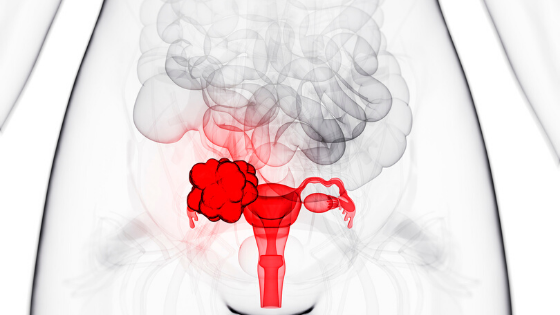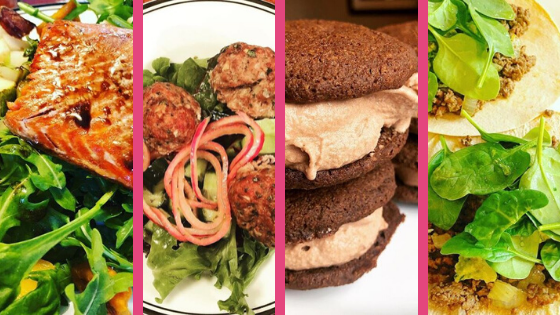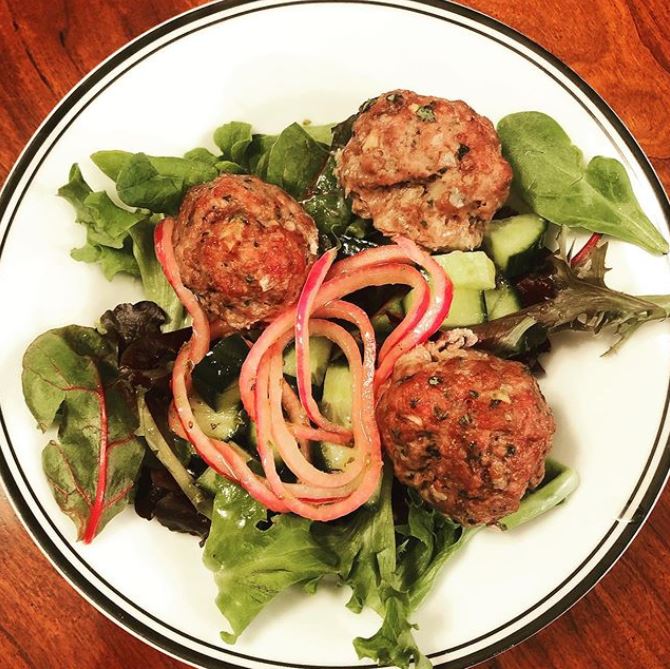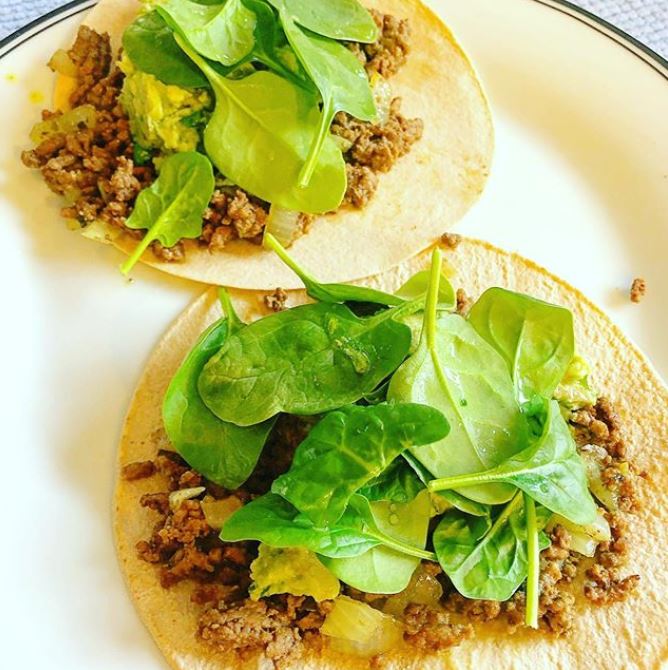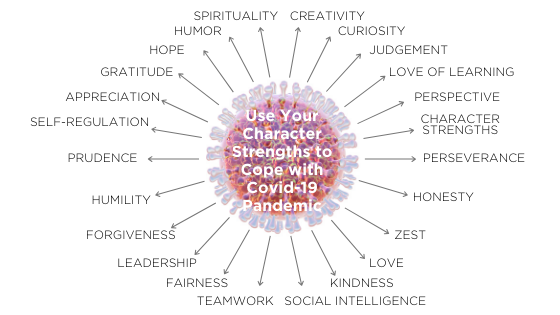Part One: Breathe Deep
Abundant health is not for the taking; it is for the making. One way you can do this is by activating your vagus nerve.
What is the Vagus Nerve?
The vagus nerve, coined ‘the superhighway’, originates in the brain stem and regulates the vast majority of the body’s autonomic functions. This means, for the most part, we do not have to think about these functions for them to happen consciously.
“Beginning in the brainstem, the nerve travels through the jugular foramen (the large hole at the bottom of the skull), into the neck, and down through the thoracic cavity to the abdomen. Vagus, the Latin for “wandering,” appropriately reflects the nerve’s meandering pathways.” (van Mersbergen, 2014)
Why is the Vagus Nerve Vital?
An optimal functioning vagus nerve is crucial in optimizing health and halting the progression of inflammation and disease. A great example of this is to imagine your favourite sports team. Each of the different players will have a specific role to play, and optimal performance within the team can only be reached if each player is doing their job correctly. The team coach manages to ensure that all the players are in sync with one another and can fulfill their roles accordingly. The vagus nerve is the ‘coach’ of the human body, as it regulates the function of so many different organs and cells. A coach that is not holding up their end will attribute to a poor overall performance from the team (our bodies); this is known as dysfunctional signaling which will result in a lack of harmony, creating inflammation, and eventually leading to a state of dysfunction and disease.
Is All Inflammation Harmful?
Now it is essential to mention that not all Inflammation is terrible. Inflammation is an essential response within the body to keep us safe from bacterial and viral invaders, physical trauma, and other things that should optimally not enter the body. When inflammation levels are not kept in check and become chronic, the effects can be wide-ranging and lead to many different health conditions. Managing the inflammatory system is one of the most critical functions of the vagus nerve. It can have far-reaching effects on your overall personal state of health and disease.
How Can I Support My Vagus Nerve?
The first and most effective way to positively affect your vagus nerve is to learn to breathe correctly.
The average person takes approximately over 23,000 breaths per day. Can you imagine how this might affect your overall health and well-being if you are breathing sub-optimally? Rapid shallow chest breathing is a sign of stress, which activates the sympathetic branch of the nervous system and our fight or flight response. Slow, deep, belly breathing is a sign of rest, which activates the parasympathetic branch of the nervous system, and allows you to rest and digest.
Breathing Exercise:
- Sit up straight without allowing your back to rest against anything, both feet on the floor.
- Roll the shoulders up and back; tuck the chin slightly to elongate the back of the neck.
- Exhale completely to remove all air from your lungs.
- Put your right hand on your chest and your left hand on your belly just above your belly button.
- Take a deep breath in through your nose for 5 to 7 seconds, allowing only your belly to rise, feeling only your left hand rising.
- Suspend (hold gently) that breath for 2 to 3 seconds.
- Exhale through your mouth for 6 to 8 seconds, allowing your belly to fall, feeling only your left hand falling.
- Suspend your breath out, without any air entering your lungs for 2 to 3 seconds.
- Repeat steps four through seven as many times as you feel comfortable or for a set period.
Note: the longer exhalations help to tap into your parasympathetic nervous system and “hack your vagus nerve” (Bergland, 2019).
You could start with 3 minutes per day and build from there. Make it part of your daily routine. For example, I like to implement this breathing technique first thing in the morning before my feet hit the floor and at the end of the day before I drift off to sleep. For best results, perform this practice multiple times per day, especially during periods of stress. Even a single minute of concentrated focus on slow, deep breathing can significantly positively impact your mood, stress levels, and overall health.
References:
Bergland, C. (2019, May 9). Longer exhalations are an easy way to hack your vagus nerve. Psychology Today. Retrieved from: https://www.psychologytoday.com/ca/blog/the-athletes-way/201905/longer-exhalations-are-easy-way-hack-your-vagus-nerve
van Mersbergen, M. (2014). Viva la vagus! Choral Journal, 55(3). Retrieved from: https://www.researchgate.net/profile/Miriam-VanMersbergen/publication/266376150_Viva_La_Vagus/links/56e97fdb08ae95bddc29e48a/Viva-La-Vagus.pdf
Author
Darla Montgomery




